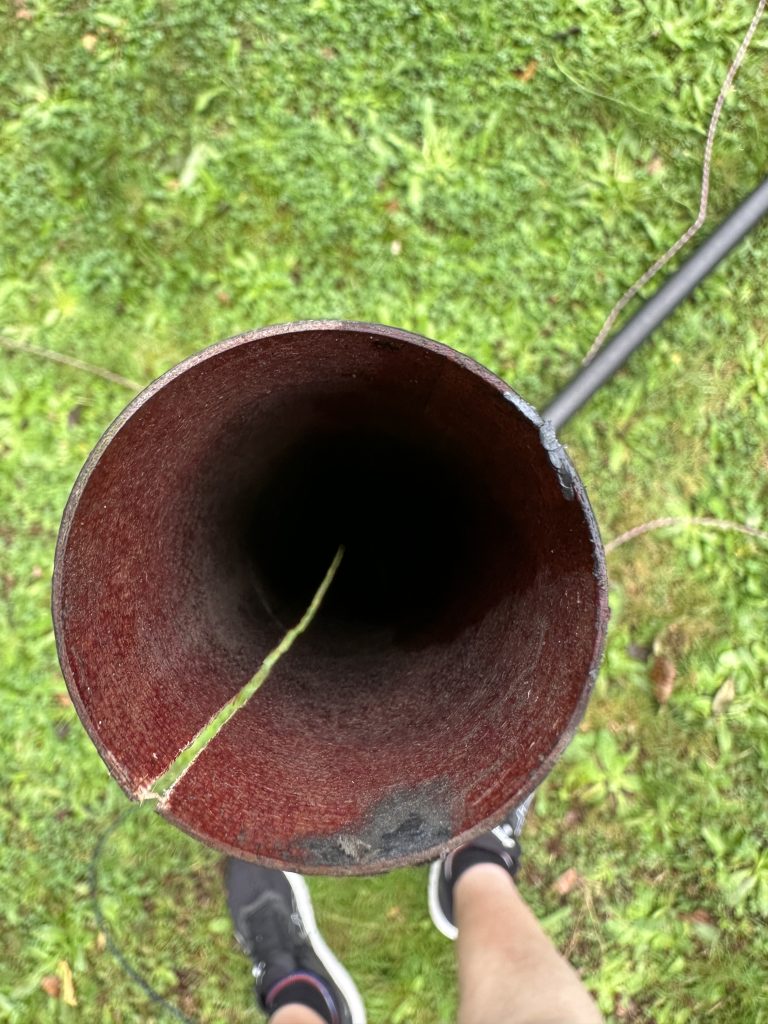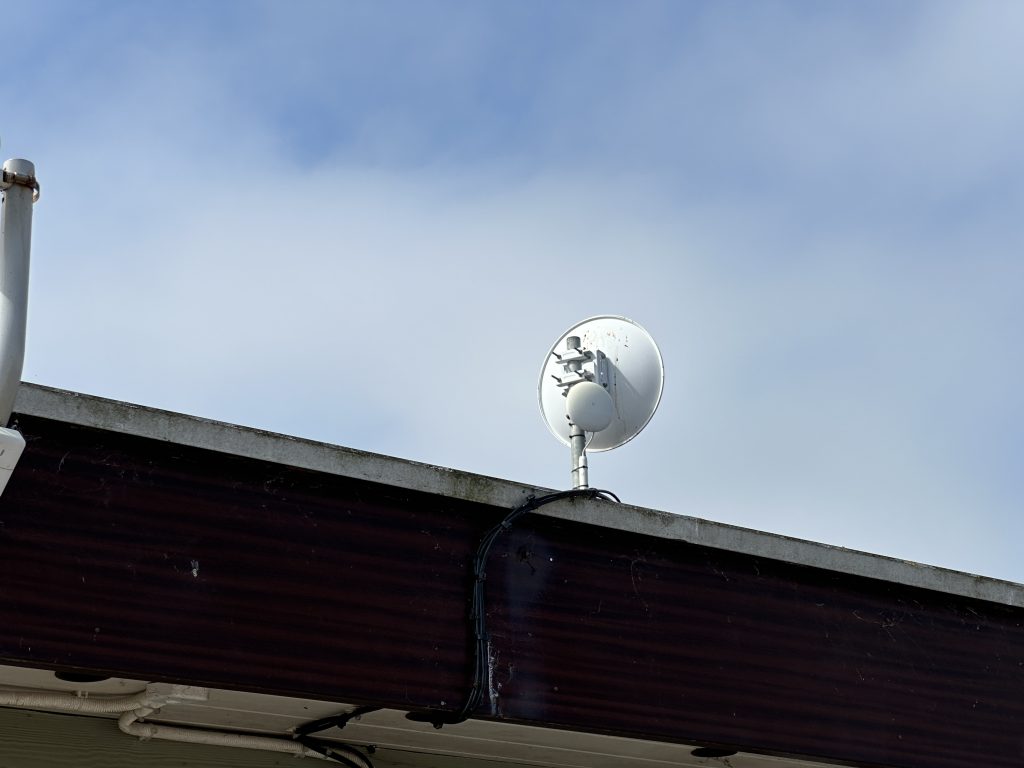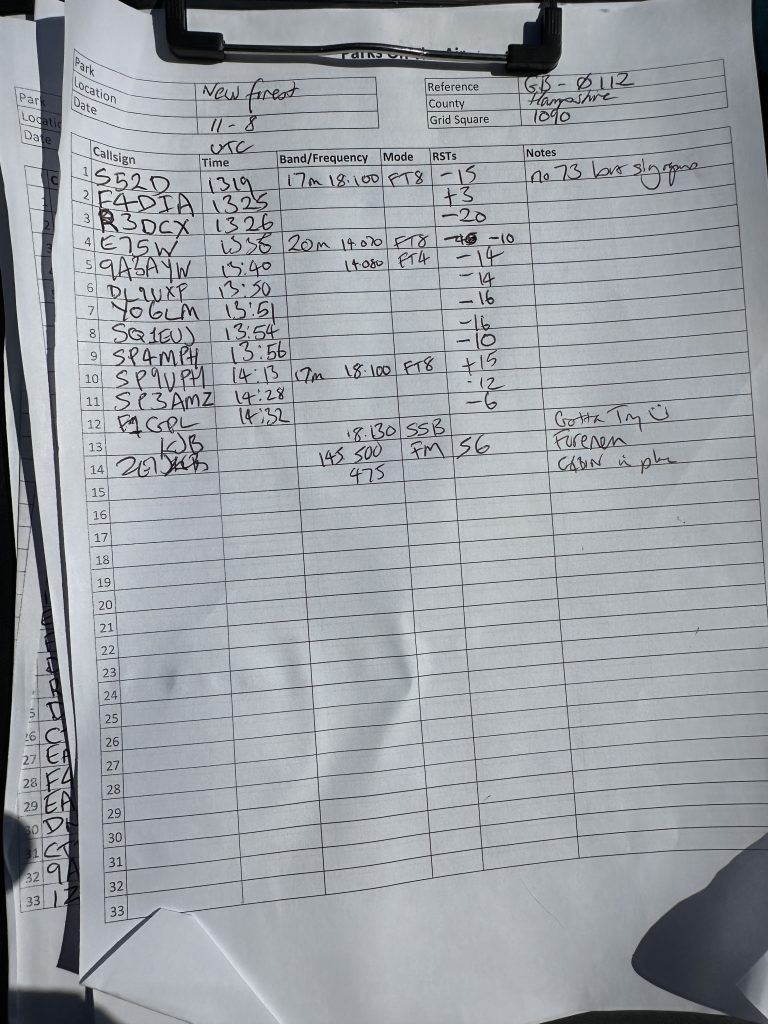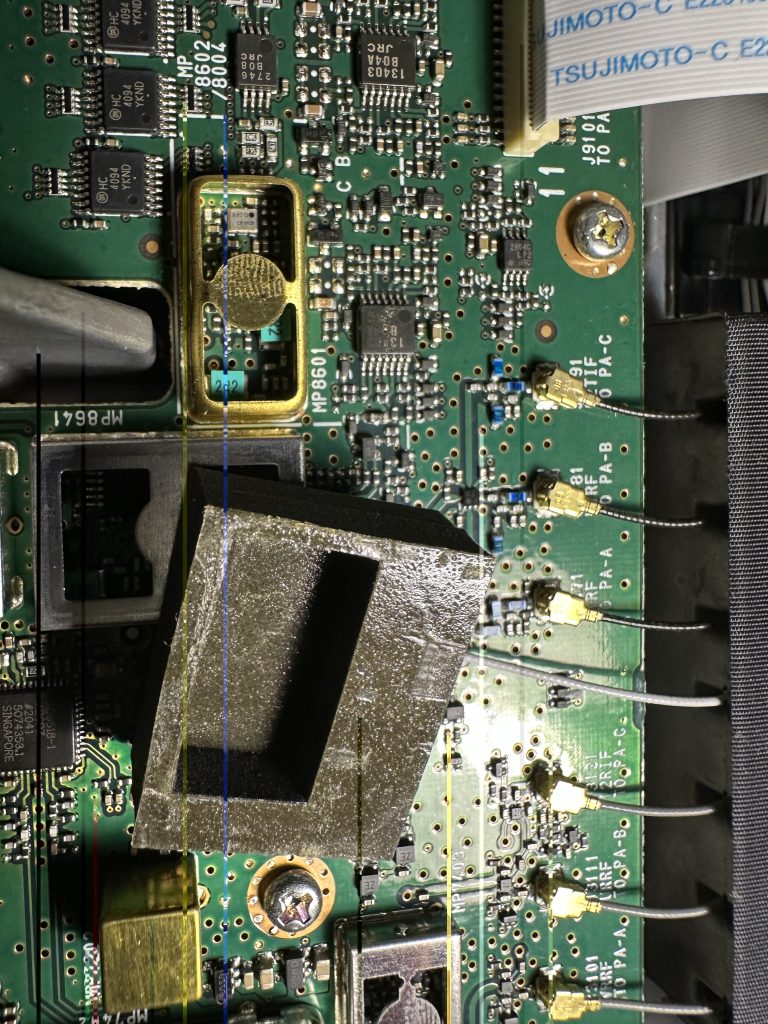Whilst I’ve been getting on air from home with the IC-705, even calling CQ on 17 and 80 meters a couple times and getting a few contacts, I’ve also been getting prepared for the changing climate.
NOAA Antenna move
It was easy to spot that my NOAA and METEOR reception had taken a turn for the worse.

Looking at the postion of the antenna, it was surrounded by trees which are now beginning to grow their spring time leafs and flowers. Having checked the rest of the RPI/Amp/Filter setup, I thought it likely the signal quality was most likely due to those trees blocking the signal.


Moving the antenna was easy enough, I basically untethered it and moved the whole tilt base, whilst cumbersome, it wasnt heavy and I could get it to the front of the garden away from the trees and a better line of sight to the horzion to the south, east, west and improved to the north, although the trees are still there, i think they are further from the 30 degree LOS that NOAA and METEOR are picked up from.

Having run the antenna in its new location for several days now, its proven much better, if anything all the signals are coming in much better now, there is the odd occasion, but as the above picture shows, I’m getting all the scanns in from the operational weather satellites when they pass over. I’m also seeing that whilst I set my RPI to pick up from 30 degrees, the reception now is lasting longer to sometimes around 20 or 15 degrees above the horizion. Not bad for an antenna thats barely 3/4 meters high !

We can see from this great night-fly over of NOAA-18 and the thermal output its starting to get warmer now, with the WX topping out at over 22 celsius !

Bongo and APRS
So its near time for my nearly 30 year old Mazda Bongos annual check (MoT as it is known in the UK). It has been running a bit rough of late, but the warm weather has brought the bongo back to life ! I rejoined the Bongo Fury forum, very affordable and great fact sheets, I have no doubt my problem is caused by glow plugs, however as long as it starts for now, i’ll get it thru its MoT and then see about fixing it before it gets cold again!

The good news is that I topped up the coolant, recharged all the batteries (lesiure and starter) and was able to enjoy a good local drive out with the Kenwood radio beaconing APRS positions on 2M really well. I’ve noticed a few more APRS digipeaters in the area and am getting better coverage than when I first started this back many years ago !

I’ve still yet to deicde to do with my 2M/70cm antenna here at the QTH, its up but currently not connected to anything. I’m tempted to setup the THD7 with one of the SSTV cams so it runs independent of any computer, and a CTCSS tone will force it take a picture. Which I think could be fun, even if it ends up with me only using it !
I ended the afternoon with a lovely BBQ, pre-cooking a steak for dinner and some sasuages which i’ll put into a toad-in-the-hole for eating this week 🙂 I also tried cooking fish and prawns for the first time on the BBQ for XYL Monica, and the fish was very well received !



I’m confident I’ll be able to get the Bongo thu the MoT and again start getting out with the Bongo and doing more POTA, I’ve spotted a few more new parks pop up nearby as well !!
Until then, its back to studys+work… 73 ! 2E0FWE


































































